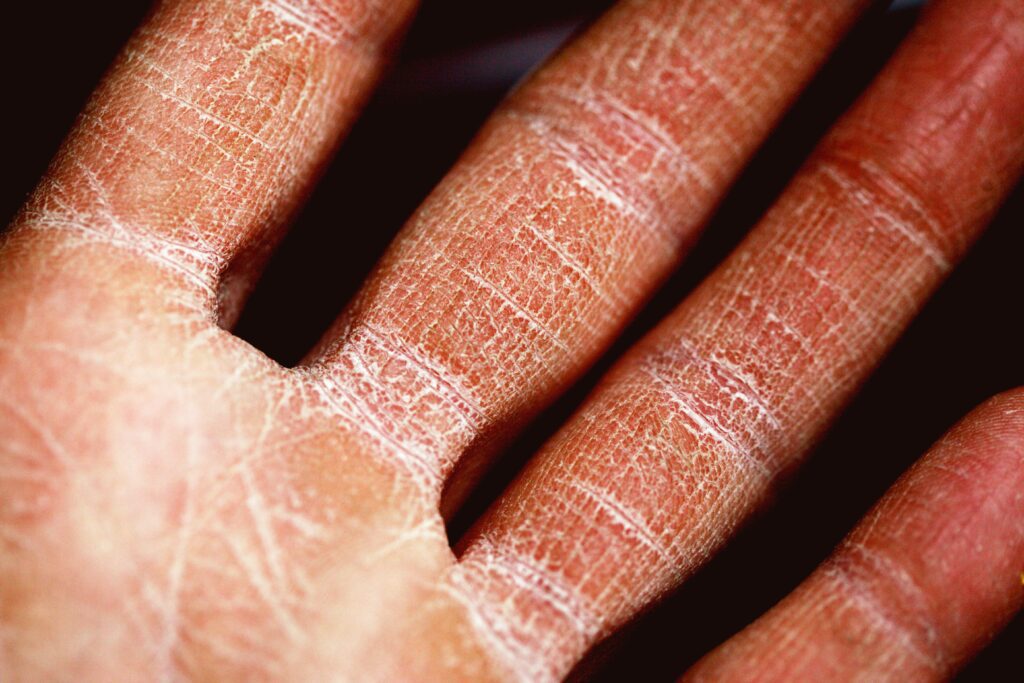In some cases, dermatomyositis can be difficult to treat. A variety of treatment options are available, from corticosteroids and immunosuppressants to antimalarials, colchicine, alendronate, and warfarin. But this rare condition usually requires a personalized treatment response that addresses not just the symptoms, but the underlying physiology.
However, shared Stanford’s Dr. David Fiorentino, MD, PhD in a video with Healio, the future may be changing for dermatomyositis. During his time at the Medical Dermatology Therapy Update III meeting, Dr. Fiorentino spoke about therapeutic developments in this field. He noted that, in the past, most talks around this topic focused on drug repurposing from other fields.
2024 allowed for a deeper conversation on how drug repurposing has been beneficial for individuals living with dermatomyositis, and how trials can continue to improve into the future. Upcoming trials include JAK inhibitors, interferons, and other B-cell therapies. At the end of his talk, Dr. Fiorentino mentioned that this is probably the brightest that the upcoming treatment landscape looks for this condition.
About Dermatomyositis
Dermatomyositis is a rare inflammatory disease of unknown origin. However, many doctors consider dermatomyositis to be an autoimmune disorder, or at least similar to an autoimmune disorder, in which immune dysfunction plays a role. Typically, dermatomyositis is defined by two specific categories of symptoms. The first is skin manifestation with distinctive rashes. The rashes may appear over the knuckles, on the upper outer thighs, on eyelid margins, in the mid-face, and anywhere exposed to light. Skin rashes and lesions are often severely itchy and may impair sleep. When the rash appears on the head, it can cause scalp scaliness or hair loss. As Dr. Fiorentino explains in his video, these skin rashes are usually fairly uncomfortable and can impair quality-of-life.
The other category of symptoms is muscle-related. Individuals living with dermatomyositis may experience proximal muscle weakness, tender muscles, difficulty swallowing or speaking, muscle fatigue when walking or rising from a seated position, and muscle wasting.
Need support? The Myositis Association offers fantastic resources and support for both patients and care partners.







